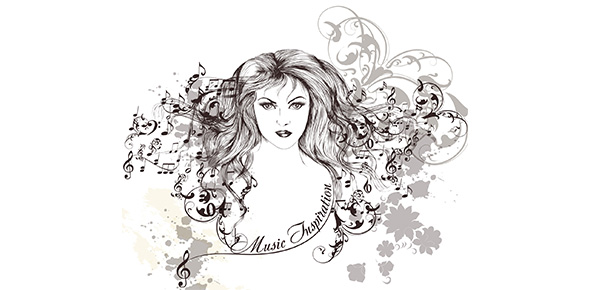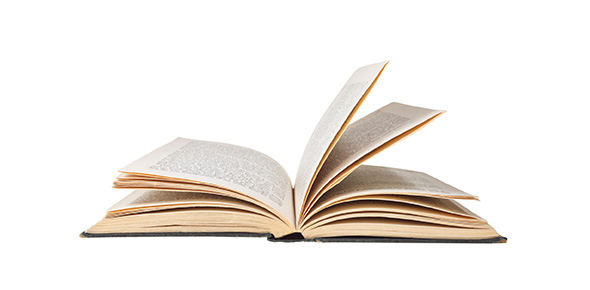Related Flashcards
Related Topics
Cards In This Set
| Front | Back |
|
Creating Depth with one point perspective.
|
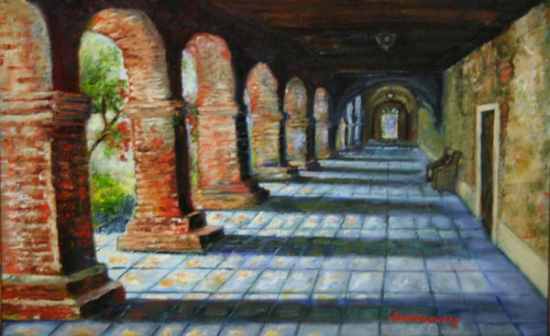 Depth can be achieved by the diminshing size of objects as well as the diminshing clarity of the objects in the painting. This is an example of ONE POINT PERSPECTIVE. If you trace the angles of the walls and floor, You can see how the lines of the floor, walls and ceiling converge to one point in the background. |
 Which principle of design best describes the image. |
Asymetrical balance.
The rocks are balanced, but they are not exactly the same on both sides. The large rock on the right "balances" the smaller rocks on the left. |
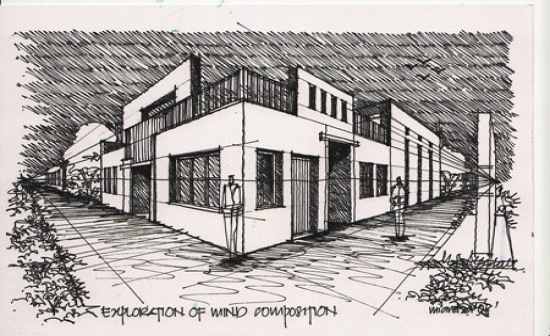 Which type of perspective is shown in this image? |
Two point perspective.
The roads , the elements of the buildings and the tops of the buildings are all on the angles pointing to two points on the horizon line. Follow the lines of the roads to see how they vanish to one point on each side of the buildings. Thus creating two point perspective. |
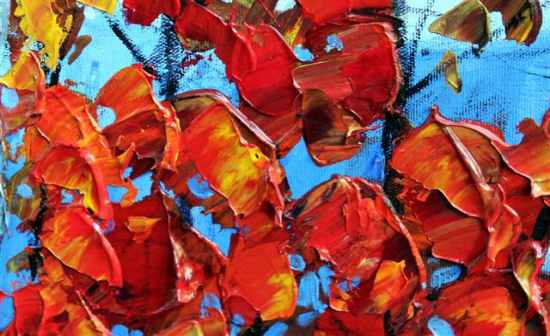 Which element best describes this work? Which element is emphasized? |
Texture
The texture of the actual paint is evident in the thickness of the paint applied to the canvas. color is an additional element shown here. A principle of design is seen in the pattern that is created by the large daubs of red/orange color accross the canvas. |
|
TEXTURE
|
The texture is the quality of a surface, often corresponding to its tactile character, or what may be sensed by touch.
|
|
FORM
|
Form may be created by the forming of two or more shapes or as a three-dimensional shape (cube, pyramid, sphere, cylinder, etc.).
|
|
SPACE
|
Space is the area provided for a particular purpose. Space includes the background, foreground and middle ground. Space refers to the distances or areas around, between or within things.
|
|
SHAPE
|
Shape pertains to the use of areas in two-dimensional space that can be defined by edges, setting one flat specific space apart from another. Shapes can be geometric (e.g.: square, circle, hexagon, etc.) or organic (such as the shape of a puddle, blob, leaf, boomerang, etc.)
|
|
VALUE
|
Value, or tone, refers to the use of light and dark, shade and highlight, in an artwork. Some people also refer the lightness and darkness in an artwork as tints (light) and shades (dark).
|
|
LINE
|
Line is defined as a mark that spans a distance between two points (or the path of a moving point), taking any form along the way.
|
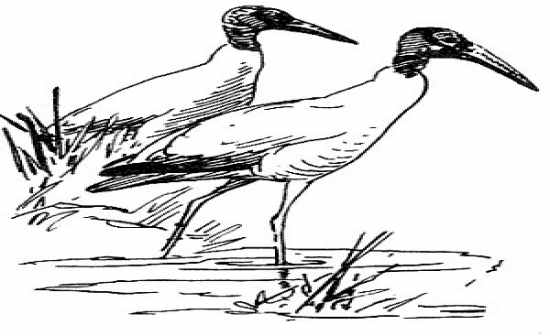 WHAT element of art is seen in the image of the water birds? |
Line
|
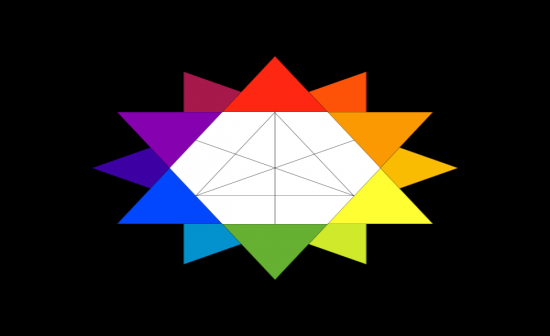 Color Wheel |
The color wheel was created by Joseph Albers to organize color into anunderstandable system.
|
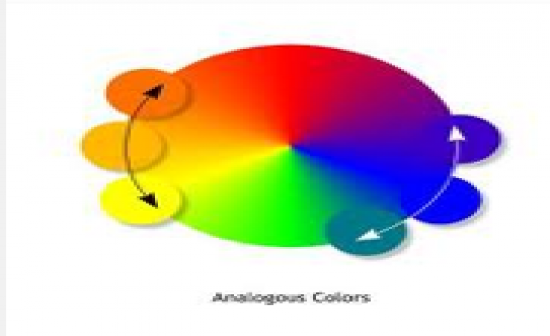 ANALOGOUS |
Colors that are positioned next to each other on the color wheel. These colors produce a beautiful, harmonious image because the colors are "part" of each other.
|
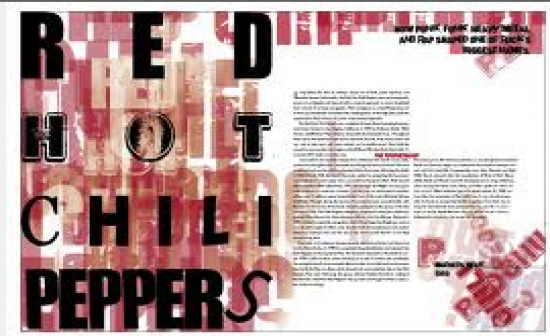 Hierarchy OF TEXT |
A good design contains elements that lead the reader through each element in order of its significance. The type and images should be expressed starting from most important to the least. IN A LAYOUT we have the HEADER, SUB HEADER AND BODY TEXT.
|
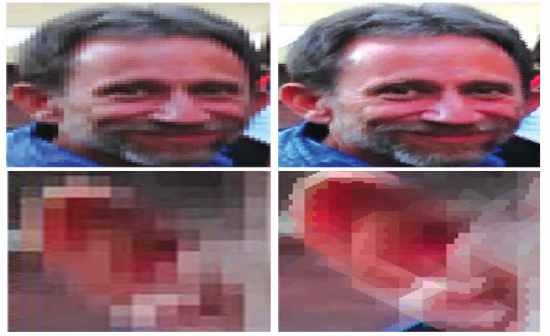 Images in Photoshop are created by manipulating __________, which are small squares of color and value. |
PIXELS
|




